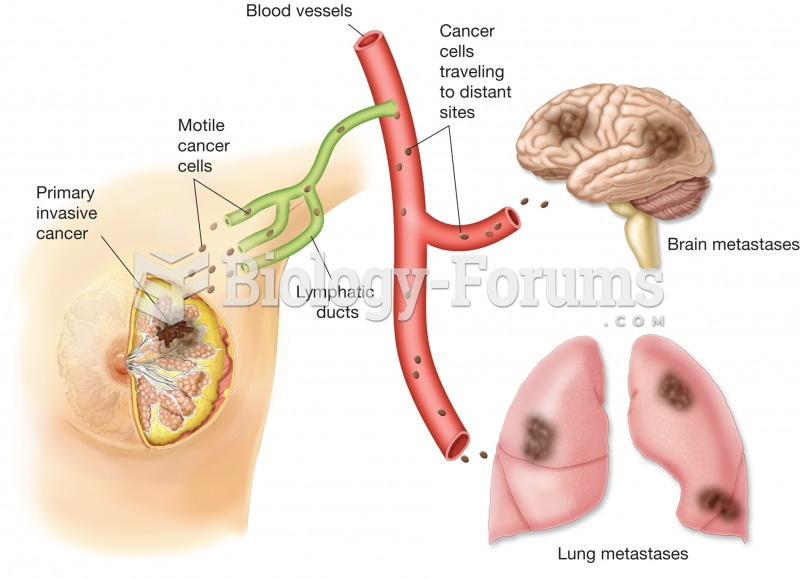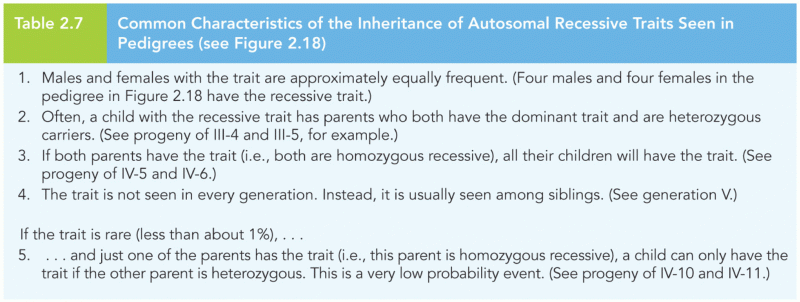__________ sex characteristics are those involved in reproducing.
a. Primary
b. Secondary
c. Tertiary
d. Quaternary
Question 2
Matching
1) material culture
2) nonmaterial culture
3) ethnocentrism
4) symbolic culture
5) Sapir-Whorf hypothesis
6) negative sanction
7) positive sanction
8) moral holiday
9) folkways
10) subculture
11) counterculture
12) culture war
13) real culture
14) ideal culture
15) cultural diffusion
A) another term for nonmaterial culture
B) a group whose values, beliefs, and related behaviors place its members in opposition to the broader culture
C) a reward or expression of approval for following a norm
D) the use of one's own culture as a yardstick for judging the ways of other individuals or societies, generally leading to a negative evaluation of their values, norms, and behaviors
E) a group whose values, beliefs, and related behaviors distinguish its members from the larger culture
F) the spread of cultural characteristics from one group to another
G) the norms and values that people actually follow
H) the values and norms that people in society officially hold and want to pass onto their children
I) the classification of culture that includes art, buildings, weapons, machines, and clothing
J) a clash of values between opposing groups in society that is so severe it may result in extremely high tension, violence, and social upheaval
K) norms that are not strictly enforced
L) a time when people are allowed to break norms without penalty
M) the theory that language creates ways of thinking and perceiving
N) the classification of culture that includes beliefs, ideas, values, and assumptions
O) an expression of disapproval for breaking a norm
Question 3
Matching
1) social environment
2) feral children
3) socialization
4) id
5) ego
6) super ego
7) culture within us
8) agents of socialization
9) hidden curriculum
10) corridor curriculum
11) anticipatory socialization
12) degradation ceremony
13) resocialization
14) life course
15) adultolescence
A) the process by which people learn the characteristics of their group, as well as the knowledge, attitude, skills, values, and actions thought to be appropriate for them
B) people or groups that affect our self-concept, attitudes, behaviors, or other orientations towards life
C) Freud's term for a balancing force between the id and the demands of society
D) students teach each other outside the classroom that may address sexism, racism, illicit ways to make money, and how to be cool
E) another name for transitional adulthood
F) children assumed to have been raised by animals, in the wilderness, isolated from other humans
G) the norms and values we have internalized from our social groups
H) an attempt to remake the self by stripping away an individual's identity and stamping a new identity in its place
I) the process of learning new norms, values, attitudes, and behaviors to fit a new life situation
J) the stages of our life as we move from birth to death
K) Freud's term for the inborn basic drives
L) the process by which one intends to assume a future role, learning of the role before it is actually achieved
M) values not explicitly taught in school but as part of the school's message of patriotism, democracy, justice, and honesty
N) Freud's term for the conscience, including the internalized norms and values of our social groups
O) the entire human environment, including direct contact with others
Question 4
Evolutionary theories in sociology often emphasize the process of differentiation.
Indicate whether this statement is true or false.







